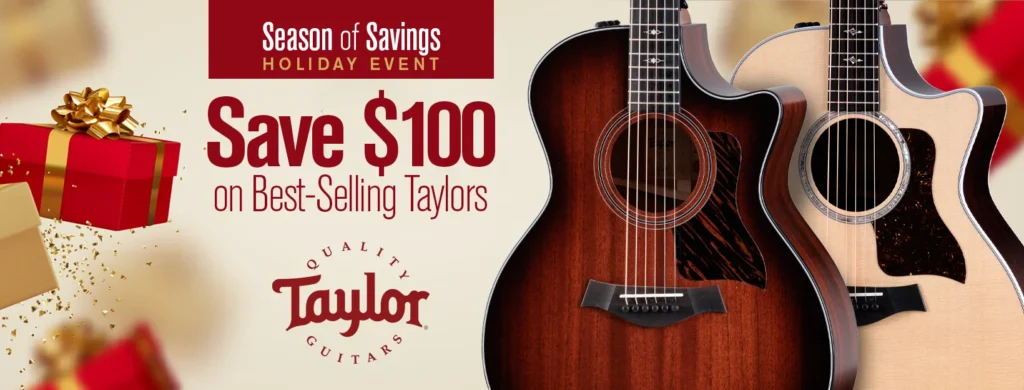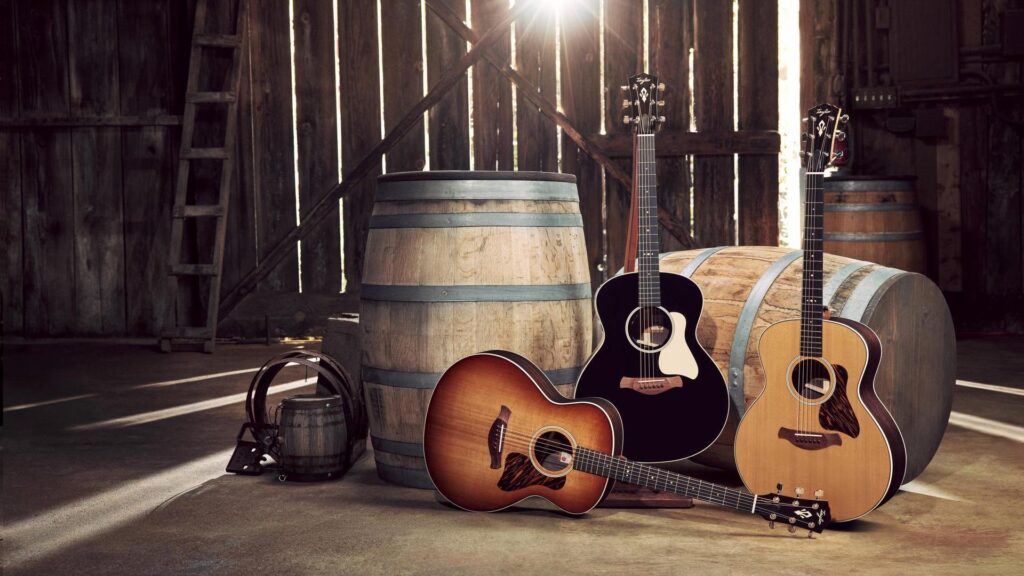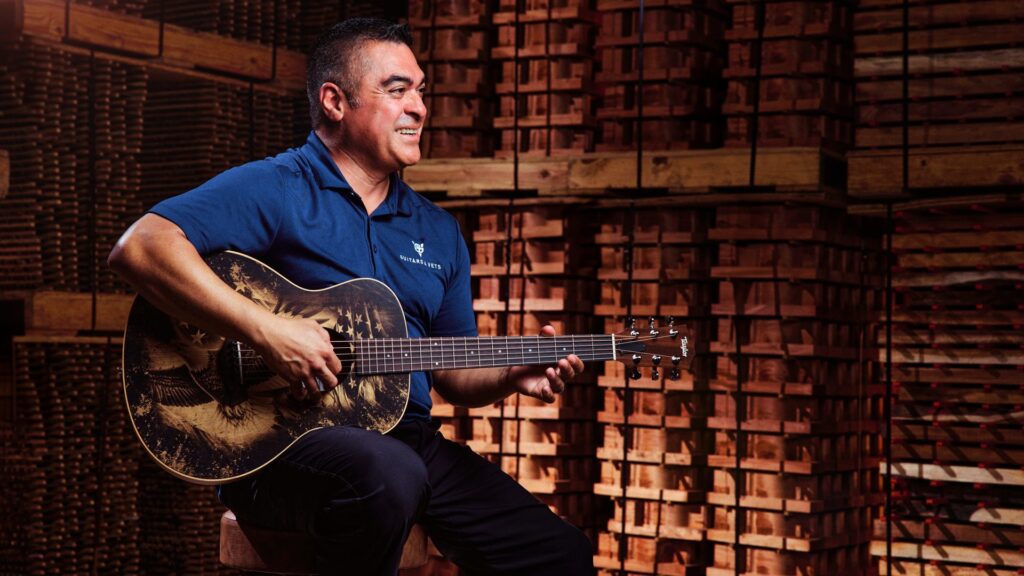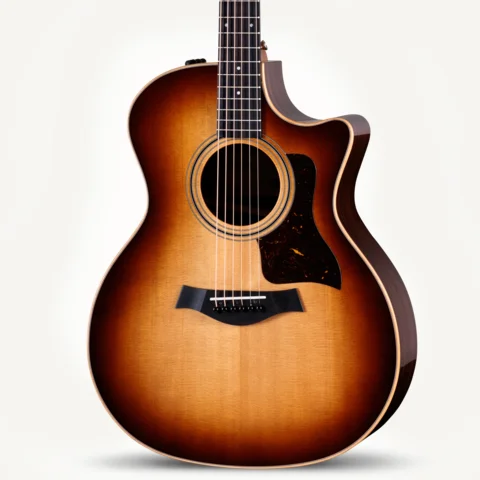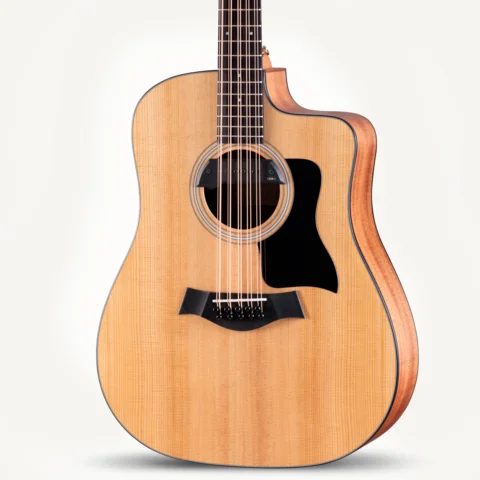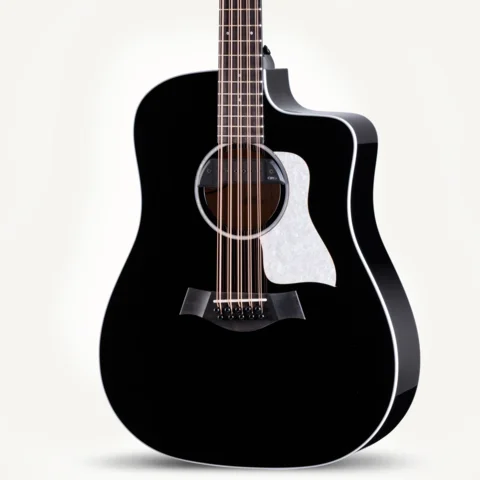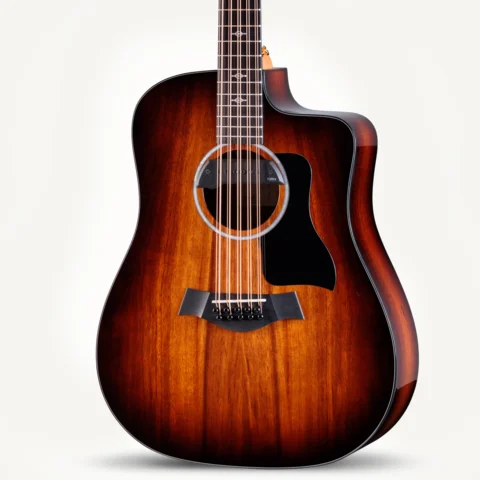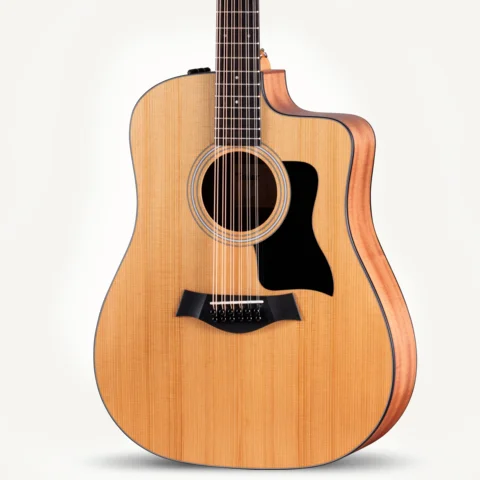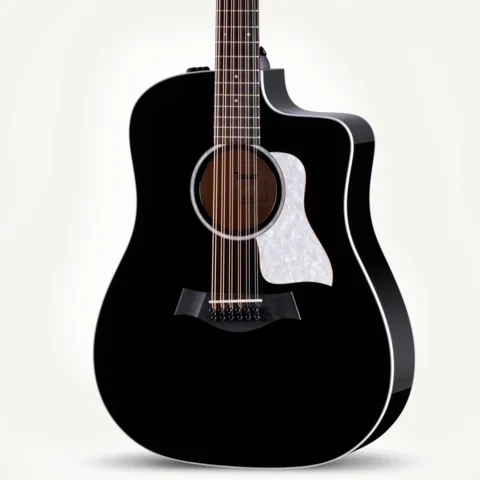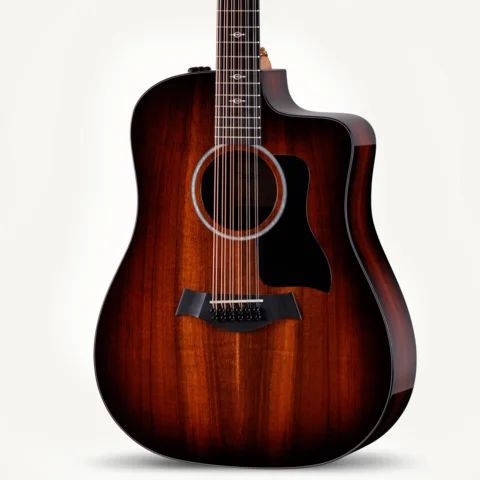Question: I recently acquired a custom GC-TF [12-Fret] at a Road Show event in New Jersey. I already own a number of great guitars with various wood configurations, but I had not found a rosewood guitar with my name on it. Then along came a 12-fret, short-scale Indian Rosewood (AA) and Sinker redwood beauty with — excuse the oxymoron — over-the-top understated details. I play primarily fingerstyle, but I find myself modifying my technique to include strummed open chords, as the depth and beauty of the guitar really come out with light strumming.
My question regards the pairing of the woods and the maturation of the tone. Sinker, I believe, tends to favor midrange development, while rosewood is noted for attenuated (scooped) midrange. What should I be expecting now and in the future from this wood pairing and body configuration?
Mark Kantrowitz
Hillsdale, NJ
Answer: “Over-the-top understated.” I love it, Mark. I’m going to borrow that one. It’s kind of simple, in my understanding of how a guitar ages. You have to understand that we use so many woods that I can’t possibly have first-hand experience with the aging of all the combinations. Now that I’ve gotten myself off the hook for my opinion, I’ll tell you what I think will happen to your guitar. It will sound better with age. The deeps will be deeper, the mids will be stronger, and the highs will be clearer. Tone will develop. I’ve offered this analogy lots of times. Two singers: Josh Groban and me! We’ll sing the same notes. Whose tone is better? No contest, Josh’s tone, and not because he has deeper lows and higher highs, but because he sounds better. It’s that simple. Your guitar works that way too, and with age it just sounds prettier, unlike me!


























